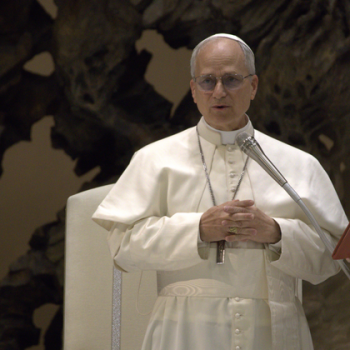
Philosophers such as Richard Swinburne [of the University of Oxford] have presented muscular inductive arguments from design that do not depend on the fine-tuning argument . . . , but invoke long-known aspects of nature such as the cycles of the seasons, the orbits of planets, the spectrum of colors, the beauty of the natural world and so on. He argues that the complexity (with respect to natural systems), regularity, simplicity (with respect to basic laws) and beauty of the universe is much more likely on the hypotheses of theism than that of naturalism. That is, these commonly observed aspects of nature are better explained by a creative mind than by mindless naturalistic processes.
Douglas Groothuis, Christian Apologetics: A Comprehensive Case for Biblical Faith (Downers Grove: IVP and Nottingham: Apollos, 2011), 242-243.
The new findings of modern cosmology, however, which are sometimes rather spectacular, have suggested fresh arguments from “fine-tuning.”
William Dembski (M.Div., Princeton Theological Seminary; Ph.D., mathematics, University of Chicago; Ph.D., philosophy, University of Illinois at Chicago) has rigorously developed an idea that he calls “the design inference.” He did so principally in William Dembski, The Design Inference: Eliminating Chance Through Small Probabilities (New York: Cambridge University Press, 1998), and further refined and developed his thinking in William Dembski, No Free Lunch (Lanham, MD: Rowman & Littlefield, 2002). He sets forth careful criteria for detecting design and distinguishing it from non-design. Such discrimination is already standard and routine in areas such as archaeology, the law of intellectual property, random number generation, cryptography, police detection and forensic science, the investigation of insurance claims, and the search for extraterrrestrial intelligence (SETI).
And this should be obvious. It’s intuitive. Nobody looking at the faces on Mount Rushmore wonders for even a second whether they’re the result of wind and water erosion. Nobody who sees Mickey Mouse’s face in flowers at the entrance to Disneyland would believe someone claiming that it had arisen there merely because of the chance distribution of seeds. When we see a nest that has fallen from a tree, we easily discriminate between it and a random clump of brush adjacent to it. We know that it was deliberately constructed.
The idea undergirding the Intelligent Design or ID movement, drawing on Dembski’s theoretical work, is to subject the natural sciences themselves to the same kind of analysis that we apply in a common sense fashion to such things as Mount Rushmore, the entrance to Disneyland, and fallen birds’ nests.
***
Of related interest:
















